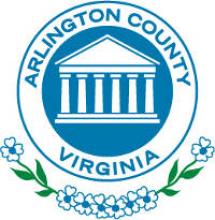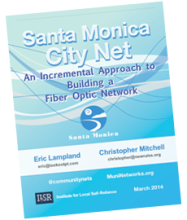ConnectArlington to Offer Dark Fiber Services to Local Businesses in Virginia
We last reported on Arlington County, Virginia, in the summer of 2012 when they were into phase II of their publicly owned fiber network deployment. At the time, the community planned to use the dark fiber network for public schools, traffic management, and public safety. That plan will now include local businesses.
ARLnow reports that ConnectArlington will work with a third-party consultant to manage dark fiber leasing to multiple service providers. They will also dedicate a portion of the dark fiber for government use. The County expects the project to be complete by early 2015. From the press release:
Additionally, the County will work directly with property owners and various businesses to ensure they have the opportunity for this high-speed and secure fiber line via direct access to buildings. Arlington universities, research centers, government buildings and Federal agencies will also be connected – providing additional collaboration opportunities at unprecedented levels of speed and security.
When the Arlington County government developed the network, they installed additional conduit for future use. A public safety initiative to connect several radio towers allowed ConnectArlington to expand the anticipated footprint. An Intelligent Traffic System (ITS), funded with a federal grant, required street excavation so the county installed additional conduit and fiber. Arlington County also took advantage of an electric power grid upgrade, co-locating dark fiber along the grid placed by the local electric provider.
Other communities have taken a multi-faceted long-term approach, considering their own needs with an eye on economic development. Capitalizing on unique opportunites can reduce costs, speed up a deployment, and allow the local community to better manage their projects.



